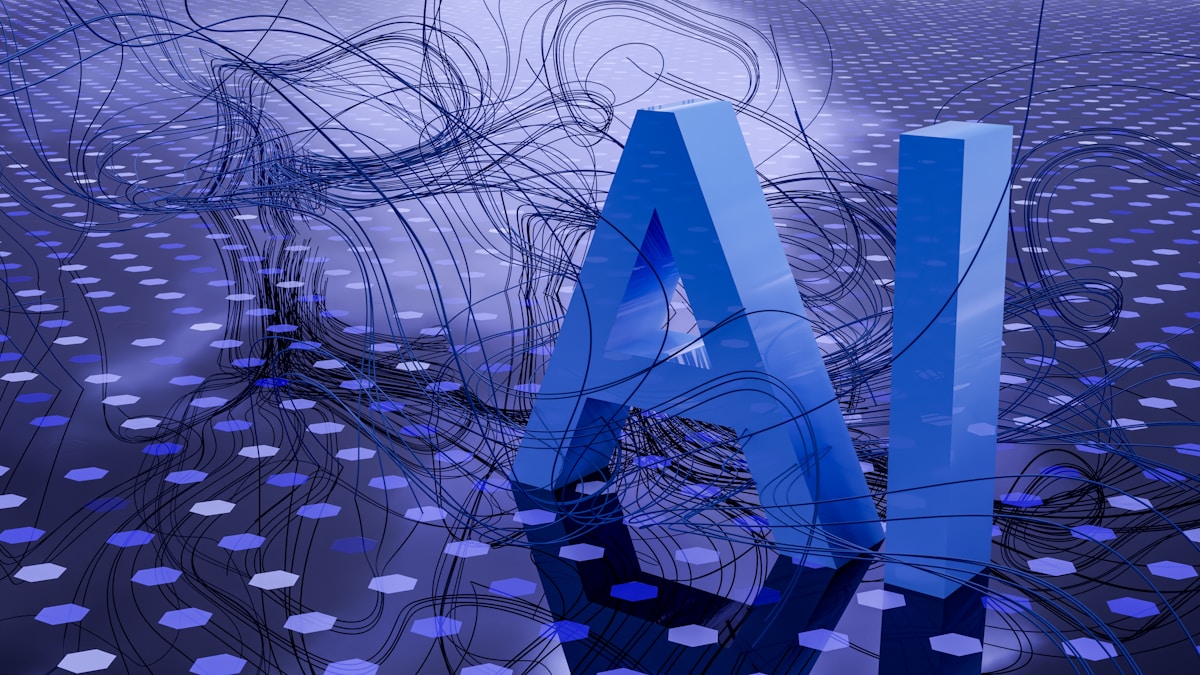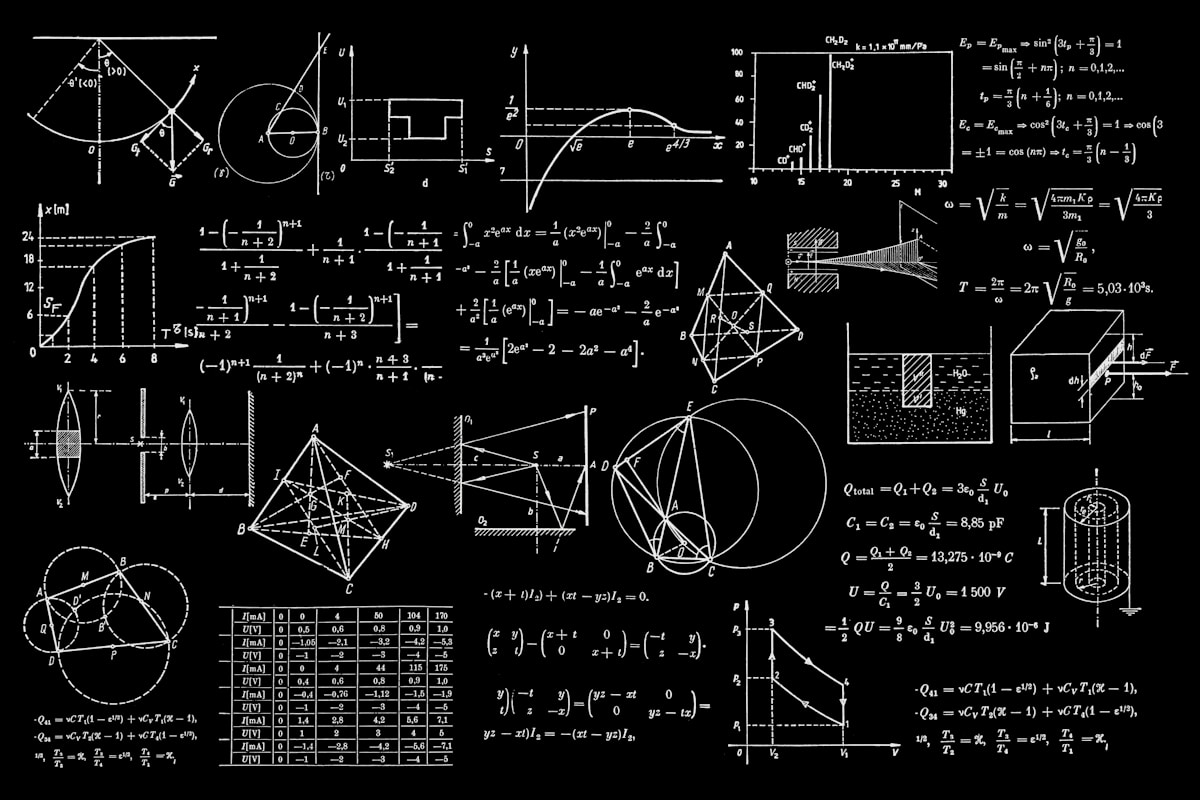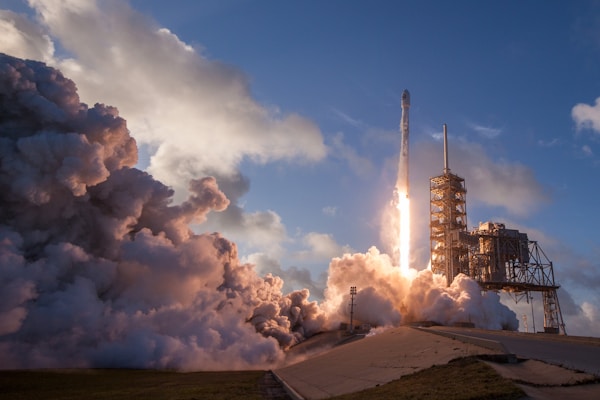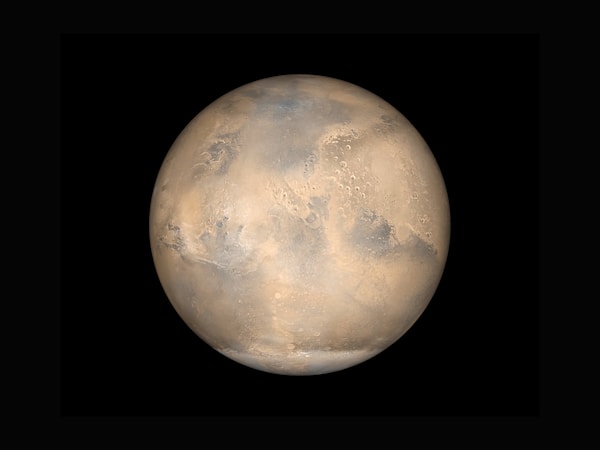As space missions venture deeper into the solar system and operational complexity increases, artificial intelligence is transitioning from experimental technology to essential infrastructure. The fundamental challenges of deep-space communication delays, vast data volumes, and autonomous operation requirements make AI not merely useful but necessary for next-generation space exploration. This article examines how AI is reshaping mission control operations and spacecraft autonomy.

The Communication Delay Challenge
Traditional mission operations rely on ground-based operators analyzing telemetry, making decisions, and transmitting commands to spacecraft. This model functions adequately for near-Earth operations where communication round-trip times measure in seconds. However, as distance increases, communication delays become mission-limiting constraints.
Mars missions face 8-40 minute round-trip light delays depending on planetary positions. At Jupiter, delays exceed 80 minutes. By Neptune, operators must wait over 8 hours for command confirmation. These delays make real-time spacecraft control impossible and require fundamentally different operational approaches.
Historical Mars rovers demonstrated both the limitations and adaptations required. Early rovers like Sojourner operated on extremely cautious timescales, with operators analyzing images overnight and planning the next day's activities. More recent rovers incorporate greater autonomy, using onboard software to analyze terrain and navigate toward designated waypoints without continuous ground guidance. Even with these capabilities, rovers travel mere kilometers during months of operations due to conservative operational constraints.
Autonomous Navigation Systems
AI-enabled autonomous navigation represents one of the most developed applications of artificial intelligence in space operations. Modern systems combine computer vision, machine learning, and traditional navigation algorithms to enable spacecraft to perceive their environment and make navigation decisions independently.

The Mars 2020 Perseverance rover's Terrain Relative Navigation system exemplifies current capabilities. During landing, the system captured images of the surface, compared them to orbital maps, and adjusted the landing trajectory in real-time. This autonomous precision enabled landing in terrain previously considered too hazardous, directly expanding scientific mission possibilities.
For roving operations, visual odometry systems track movement by comparing sequential images, while hazard avoidance algorithms analyze terrain features to identify obstacles and safe paths. Machine learning models trained on terrestrial data and refined with Mars imagery classify rocks, slopes, and sand traps, enabling more aggressive navigation strategies than previous rule-based systems permitted.
Future applications of autonomous navigation extend beyond planetary surfaces. Asteroid proximity operations, orbital debris inspection, and lunar landing systems all benefit from AI-enabled perception and decision-making. The Europa Clipper mission will use autonomous navigation to adjust flyby trajectories around Jupiter's moon, compensating for gravitational perturbations that cannot be perfectly predicted in advance.
Intelligent Data Processing and Analysis
Modern space missions generate data volumes far exceeding downlink bandwidth capabilities. NASA's Mars orbiters capture terabytes of imagery annually, but limited communication bandwidth restricts daily downlink to gigabytes. This creates a fundamental mismatch between data collection and data return capabilities.
Onboard AI systems address this challenge through intelligent data prioritization and compression. Machine learning algorithms identify scientifically interesting features in imagery—unusual geological formations, atmospheric phenomena, or change detection compared to previous observations. High-priority data receives transmission preference, while routine imagery may be compressed more aggressively or discarded entirely.
The Ocean Worlds Lander concept for Enceladus or Europa illustrates extreme cases where AI becomes essential. A lander might operate for hours before losing contact during orbital communication windows. Onboard AI must identify the most scientifically valuable samples to analyze, optimize instrument operations, and select which data to transmit given severe bandwidth and time constraints. These decisions require understanding mission science objectives and adapting to discovered conditions—capabilities that traditional rules-based software struggles to provide.

Anomaly Detection and System Health Management
Spacecraft operate in harsh environments where equipment failures can terminate missions. Traditional approaches to system health management rely on predetermined parameter limits and fault trees developed during spacecraft design. These systems can detect known failure modes but struggle with unexpected anomalies or subtle degradation patterns.
Machine learning-based anomaly detection offers complementary capabilities. By learning normal operational patterns from telemetry data, AI systems can identify deviations that might indicate developing problems before they cause failures. This approach has detected issues ranging from gradual battery degradation to unexpected thermal behavior, often providing earlier warning than traditional monitoring systems.
The International Space Station employs AI-based health monitoring systems that analyze data from thousands of sensors. These systems have identified equipment anomalies hours or days before traditional monitoring would have flagged problems, providing crew and ground teams additional time for diagnosis and response. Similar capabilities are being incorporated into commercial satellites and deep-space missions.
Predictive maintenance represents the next evolution of these systems. Rather than simply detecting current anomalies, AI models trained on historical failure data aim to predict future failures before they occur. This could enable preemptive maintenance actions or mission replanning to complete critical objectives before anticipated equipment failures.
Human-AI Collaboration in Mission Operations
Despite advancing AI capabilities, human operators remain central to mission operations. The most effective systems leverage complementary strengths of human judgment and machine processing capabilities rather than attempting full automation.
Modern mission control environments increasingly incorporate AI assistants that analyze telemetry, identify potential issues, and suggest courses of action for human operators to evaluate. These systems handle routine monitoring tasks, allowing operators to focus on strategic decision-making and complex problem-solving. When anomalies occur, AI can rapidly search historical mission data and engineering documentation to surface relevant information for human experts.
Natural language interfaces are emerging that allow operators to query spacecraft state and mission data conversationally. Rather than manually constructing database queries or navigating complex visualization tools, operators can ask questions in plain language and receive synthesized answers drawing on multiple data sources. This democratizes access to mission information and accelerates decision-making during time-critical operations.
Training and Simulation
AI technologies also enhance mission preparation and training. Synthetic environment generation using machine learning can create realistic simulation scenarios for mission rehearsal. These simulations can generate thousands of potential scenarios, including rare edge cases that might be missed in manual scenario development.
For rover operations, AI-generated terrain models based on orbital imagery allow mission teams to virtually explore regions before rover arrival. These models help identify scientifically interesting targets and plan efficient traverse routes. Similar approaches support lunar and asteroid mission planning, where synthetic environment generation fills gaps in observational data.
Challenges and Future Directions
Despite progress, significant challenges remain. AI systems must operate with extreme reliability in environments where software updates are difficult or impossible. Verification and validation of machine learning models presents particular difficulties, as the same opacity that makes these systems powerful also makes their behavior harder to predict and test comprehensively.
Computational resources aboard spacecraft are typically years behind terrestrial capabilities due to radiation-hardening requirements and development timelines. Advanced AI algorithms must be adapted to run on limited processors with constrained power budgets. This creates ongoing tension between algorithmic sophistication and practical implementation constraints.
Trust and interpretability represent additional concerns. Mission operators must understand why AI systems make particular recommendations to appropriately weigh their advice against other considerations. Research into explainable AI for space applications aims to make system reasoning transparent and verifiable.
Conclusion: An Essential Technology for Deep Space
Artificial intelligence has progressed from experimental curiosity to operational necessity in space exploration. Current missions demonstrate substantial capabilities in autonomous navigation, intelligent data management, and system health monitoring. Future missions to the outer solar system, small bodies, and eventually interstellar space will depend even more heavily on AI to overcome communication delays and operational challenges.
The continuing evolution of AI technologies, combined with increasing space mission complexity, ensures that human-machine collaboration will define the future of space exploration. Spacecraft will become increasingly capable of independent operation while remaining responsive to human guidance and oversight. This partnership between human creativity and machine processing power may ultimately prove essential for extending humanity's reach throughout the solar system and beyond.
As with many aerospace technologies, developments in space AI also benefit terrestrial applications. Techniques developed for spacecraft autonomy find applications in autonomous vehicles, industrial automation, and remote operations in hazardous environments. The bidirectional technology transfer between space and terrestrial domains continues to drive innovation in both fields.

